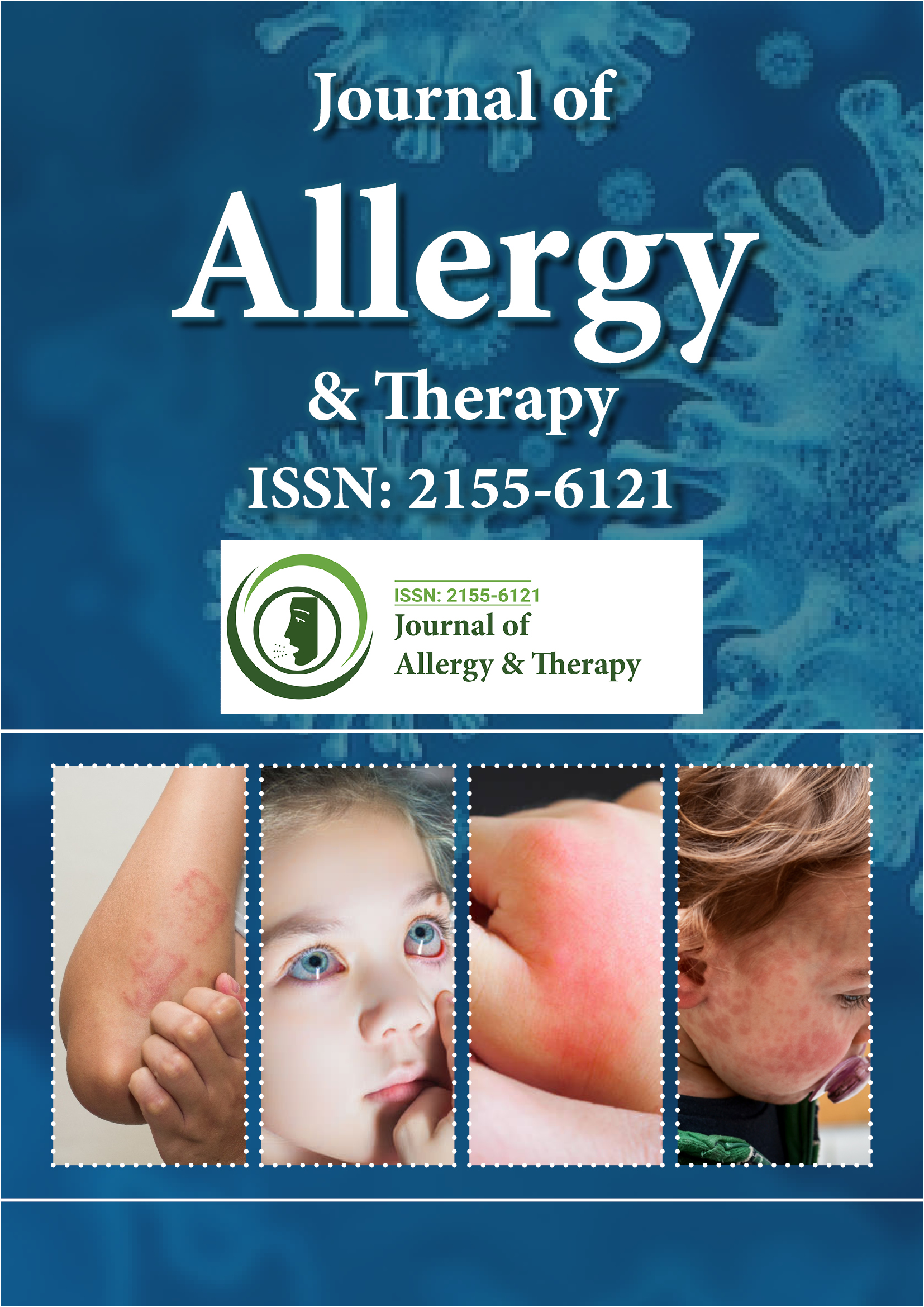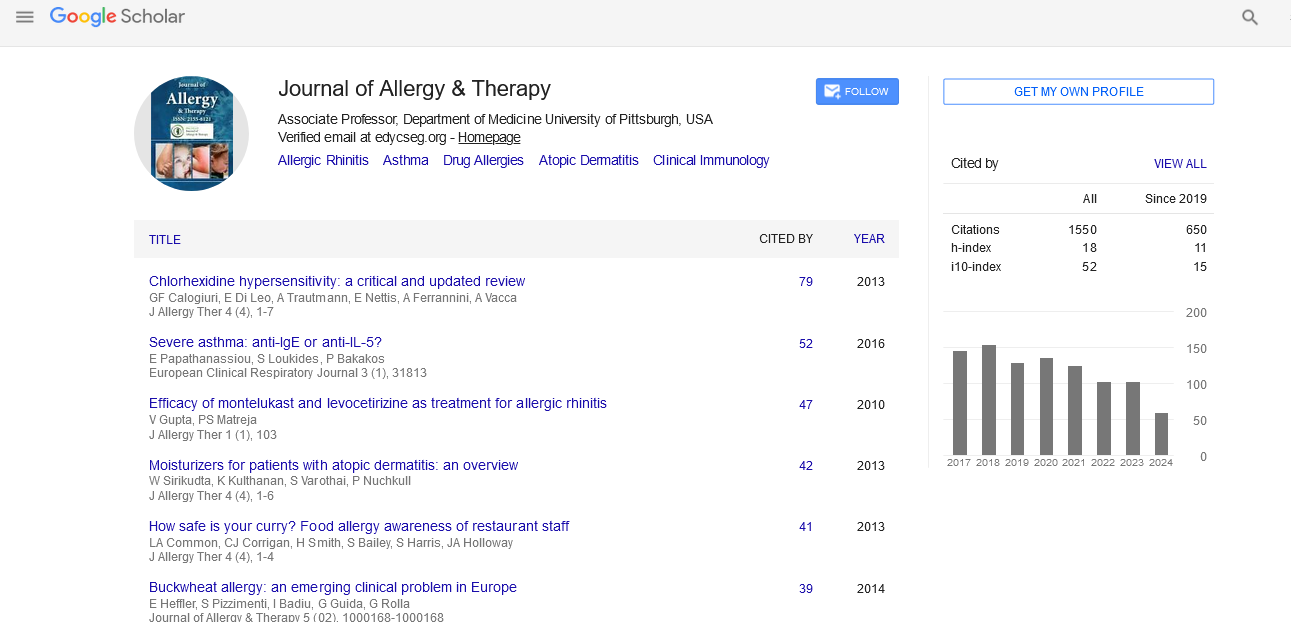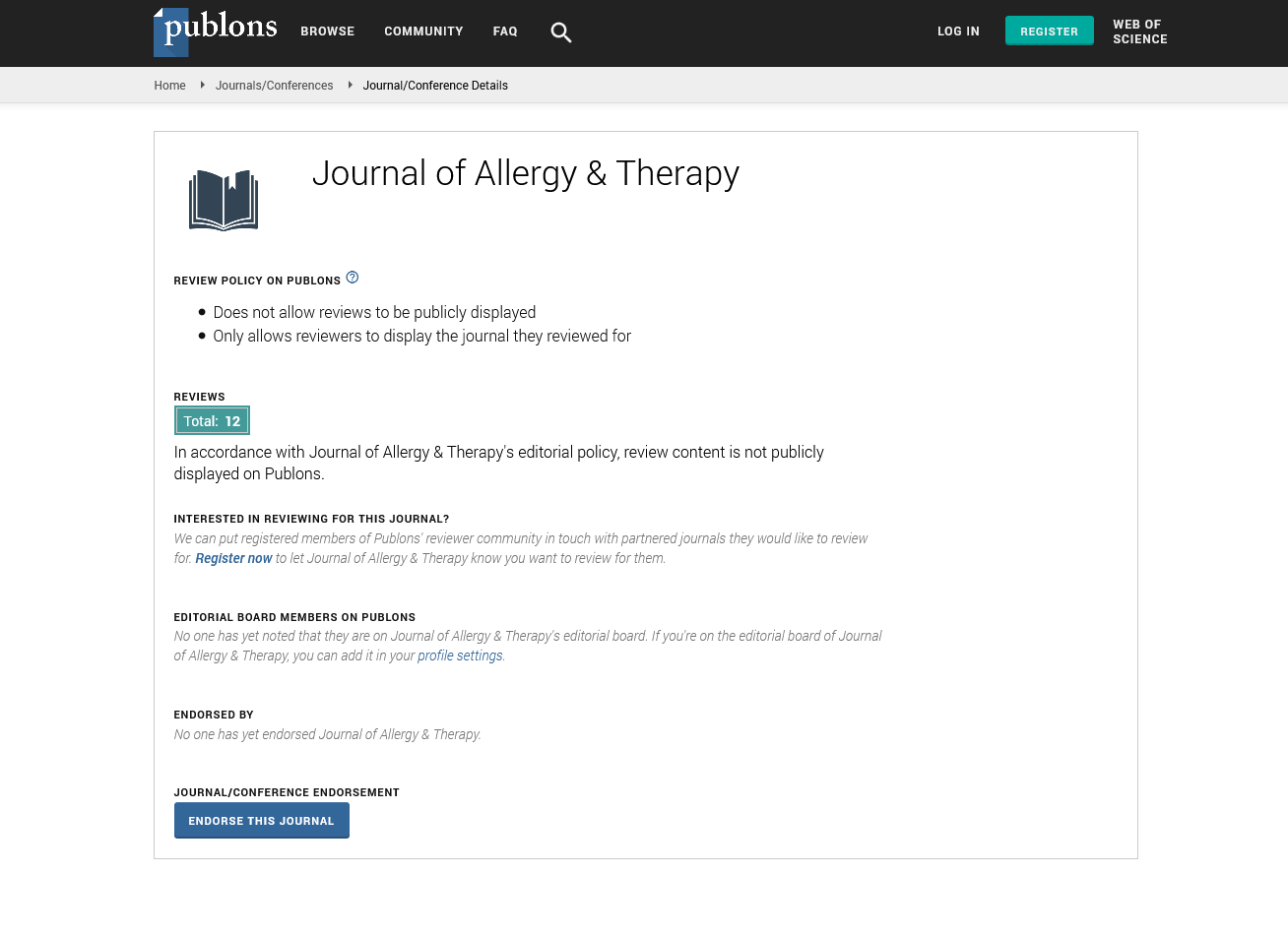Indexed In
- Academic Journals Database
- Open J Gate
- Genamics JournalSeek
- Academic Keys
- JournalTOCs
- China National Knowledge Infrastructure (CNKI)
- Ulrich's Periodicals Directory
- Electronic Journals Library
- RefSeek
- Hamdard University
- EBSCO A-Z
- OCLC- WorldCat
- SWB online catalog
- Virtual Library of Biology (vifabio)
- Publons
- Geneva Foundation for Medical Education and Research
- Euro Pub
- Google Scholar
Useful Links
Share This Page
Journal Flyer

Open Access Journals
- Agri and Aquaculture
- Biochemistry
- Bioinformatics & Systems Biology
- Business & Management
- Chemistry
- Clinical Sciences
- Engineering
- Food & Nutrition
- General Science
- Genetics & Molecular Biology
- Immunology & Microbiology
- Medical Sciences
- Neuroscience & Psychology
- Nursing & Health Care
- Pharmaceutical Sciences
Chemo-exfoliation: A Review of Step-by-step Algorithmic Treatment Protocol
3rd International Conference on Skin Care, Dermatology and Allergic Diseases
July 19, 2021 | Webinar
David Ling Sien Ngan
Economy Research, Malaysia
Scientific Tracks Abstracts: J Allergy Ther
Abstract:
Background: Statement of the Problem: The use of wide array of chemical peel agents for rejuvenation of wrinkle, pigmentary disorder, acneiform eruption and pre-malignant epidermal neoplasm had been for long. Due to lot of complications, downtime, variable healing rate after different chemical peeling, it is necessary to have a well-defined standard practice protocol for a consistently safe and predictable result. It is thus necessary to understand fully the step-by-step guide of different categories of peel agents, to avoid confusion, for a safe and effective practice. Methodology & Theoretical Orientation: Systematic review studies is used to search for “various ingredients names”, including all commercially available prescription based products. through databases of Cochrane Library, Medline, PubMed, SCOPUS and Google Scholar. The author also utilising a commonly used qualitative analysis by other than reviewing literature, also used clinical history taking, interview & observation over social event, and forming focus group to gather data. Using the security framework & lenses of analysis of the social science/behaviour to understand what are the patient inclination, social behaviour and preferences, its performance, relevance, functionality & efficiency, if it can be optimised for as many a chemical peel agents to treat four conditions stated in conclusion section. Finding: Chemical peel is the 3rd most commonly performed noninvasive cosmetic procedure in the USA with 1.3 million done in 2016. There has been a paradigm shift with laser largely supplanting more risky deep peel. Despite this the superficial peel has proliferated in popularity & product diversity. When used for appropriate indication with proper technique, nearly all peeling agents have demonstrated excellent clinical efficacy. And, they remain an indispensable cost-effective tool in the dermatologist’s aesthetic toolbox. Conclusion & Significance: Available literatures reveal 1) chemical peels are the 3rd most commonly performed noninvasive cosmetic procedure in US, > 1.8 M in 2016. 2) Indications for treatment are 4 broad categories: photo- & chronoaging; acneiform eruptions; dyspigmentation; and pre-malignant epidermal neoplasia, 3) peeling agent selection is determined by treatment indication, desired depth of ablation, pertinent examination findings, Fitzpatrick skin-type, and any other relevant dermatological history, 4) for the right indication with proper technique, all peel solutions & ablation depth have demonstrated excellent success in improving skin tone & texture, and cost effective versus any invasive procedures. 5) hence, peels should remain an indispensable tools in Dr’s aesthetic toolbox. Recommendation: Available evidence show the superficial peel is great for both home-care & institutional treatment. Medium peel is useful for clinic use. Deep peel for deeply sited issue but this role has been taken over by laser due to more predictable treatment result with less risk.
Biography :
Dr Ling has his expertise and passion in improving aesthetic medicine, wellness promotion & healthcare delivery and, health security of the individual, community & national economic wellbeing, especially through financial planning. He analyse not just as a doctor but through the lens of social scientist from the security perspective as a strategist and policy planner, where much work is done through qualitative analysis via very extensive literature review, augmented by clinical interview and physical assessment. Ageing challenges face more security dimension than just medical and, a constructivist society has a better security provision.


